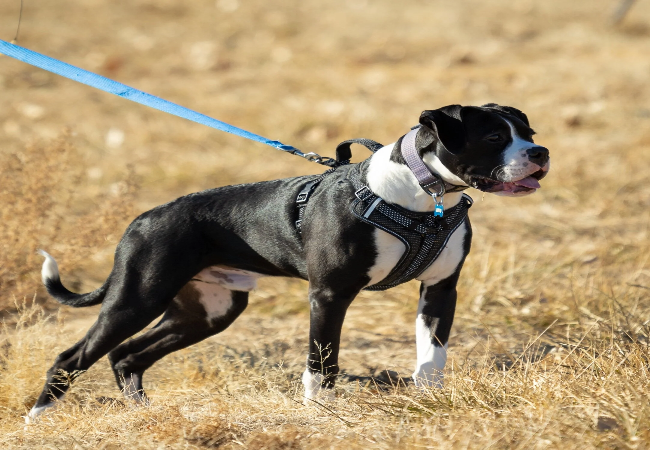Leash Reactivity in Dogs 2025: Vet-Approved Causes & Tips 🐾🐶

In this article
Leash Reactivity in Dogs 2025: Vet-Approved Causes & Tips 🐾🐶
By Dr. Duncan Houston BVSc
Leash reactivity is a common challenge for dog owners, walkers, and trainers. It occurs when a dog becomes overly excited, anxious, or aggressive while on a leash, making walks stressful for both the dog and owner. Reactivity can appear as barking, lunging, growling, or snapping at other dogs, people, or even objects. Understanding the causes, recognizing the warning signs, and knowing effective management strategies can help you navigate leash reactivity safely and successfully.
⚠️ Causes of Leash Reactivity
-
Lack of socialization: Dogs that haven’t been properly socialized with other dogs or people may feel threatened or unsure when encountering new situations, leading to reactive behavior. Early and ongoing socialization is key.
-
Fear or anxiety: Previous negative experiences, such as aggressive encounters or frightening events while on a leash, can trigger anxiety-driven reactions.
-
Frustration: Being restrained by a leash can frustrate dogs, particularly those used to off-leash play. This restriction can amplify their instincts and energy, resulting in reactivity.
👀 Signs Your Dog is Reactive
A reactive dog often displays a combination of physical and behavioral cues when they encounters a trigger:
-
Stiffened body posture
-
Ears pinned back or standing alert
-
Intense staring or fixation on a trigger
-
Raised hackles (hair along the spine)
-
Barking, growling, or whining
Recognizing these early warning signs can help you intervene before the behavior escalates.
🦴 How to Manage Leash Reactivity
1. Create Distance
When you notice a potential trigger, increase the space between your dog and the trigger. Cross the street, step off the path, or move to a quieter area to help your dog feel more comfortable.
2. Use High-Value Treats
Reward your dog for staying calm in the presence of triggers. High-value treats help your dog associate triggers with positive experiences, gradually reducing reactivity.
3. Implement the "Look at That" (LAT) Technique
Teach your dog to look at the trigger and then back at you for a reward. This redirects focus from the trigger to you and reinforces calm behavior.
4. Practice "U-Turns"
Train your dog to turn around and walk in the opposite direction on cue. This is a practical skill for avoiding triggers or quickly changing your walking route.
5. Use the Right Tools
Front-clip harnesses and head halters give you better control over your dog’s movements, helping prevent lunging or pulling during walks.
6. Seek Professional Help
If your dog’s leash reactivity is severe or persists despite consistent training, consult a professional dog trainer or behaviorist experienced in reactive dogs. They can provide tailored strategies and support.
✅ Conclusion
Leash reactivity can make walks challenging, but with patience, consistency, and the right techniques, most dogs can learn to remain calm and focused on the leash. Understanding the causes, recognizing the signs, and implementing proper management strategies will help your dog feel more secure, making walks enjoyable for both of you. Don’t hesitate to seek professional guidance if needed—every dog deserves a safe and happy walking experience.



